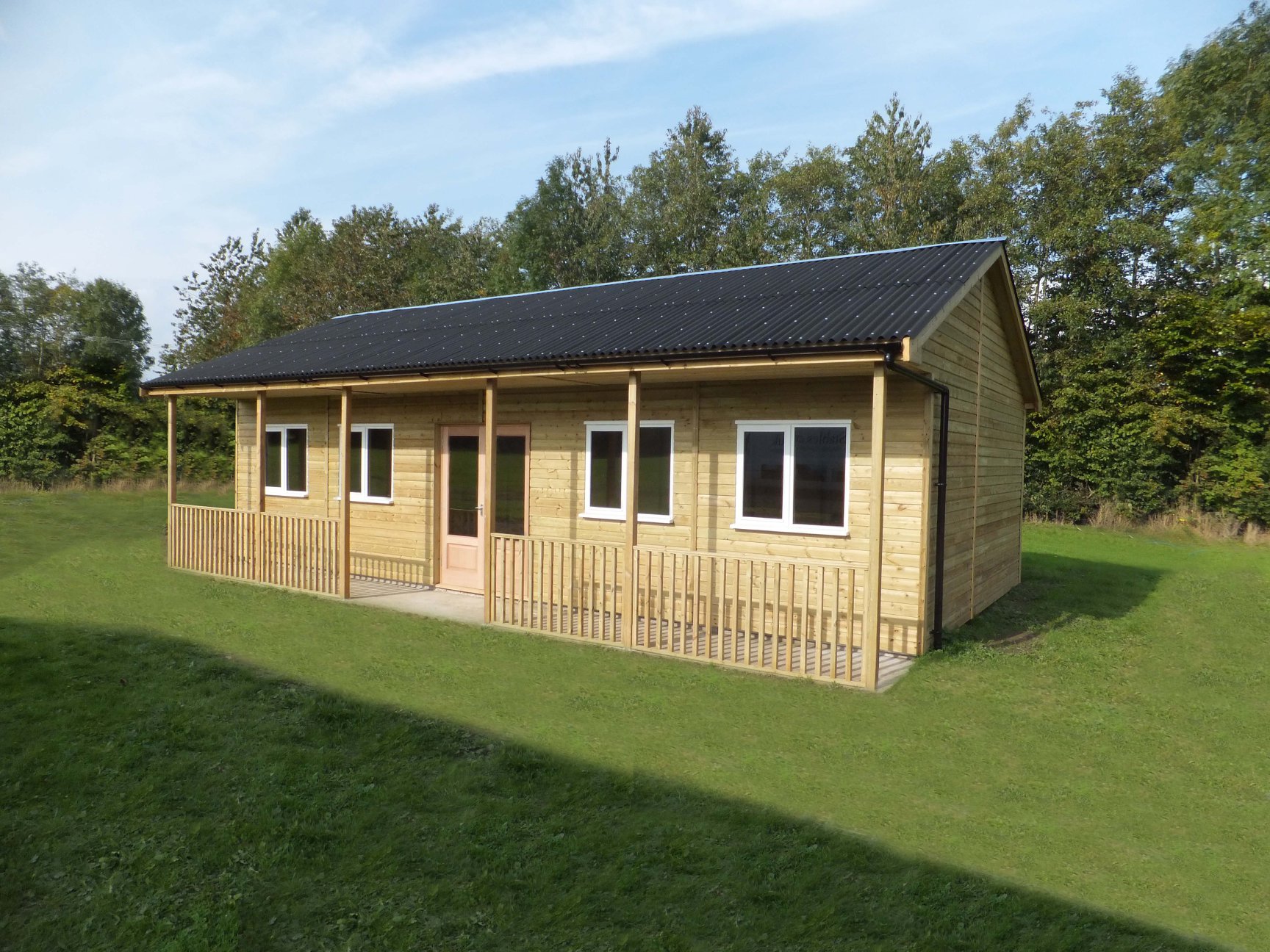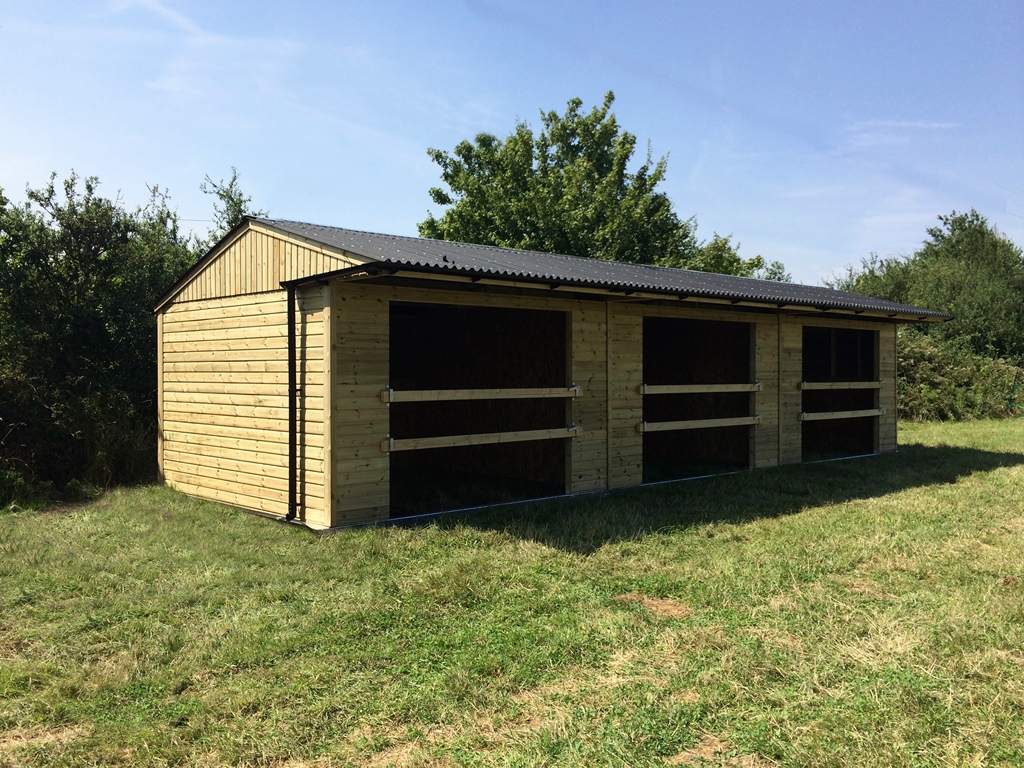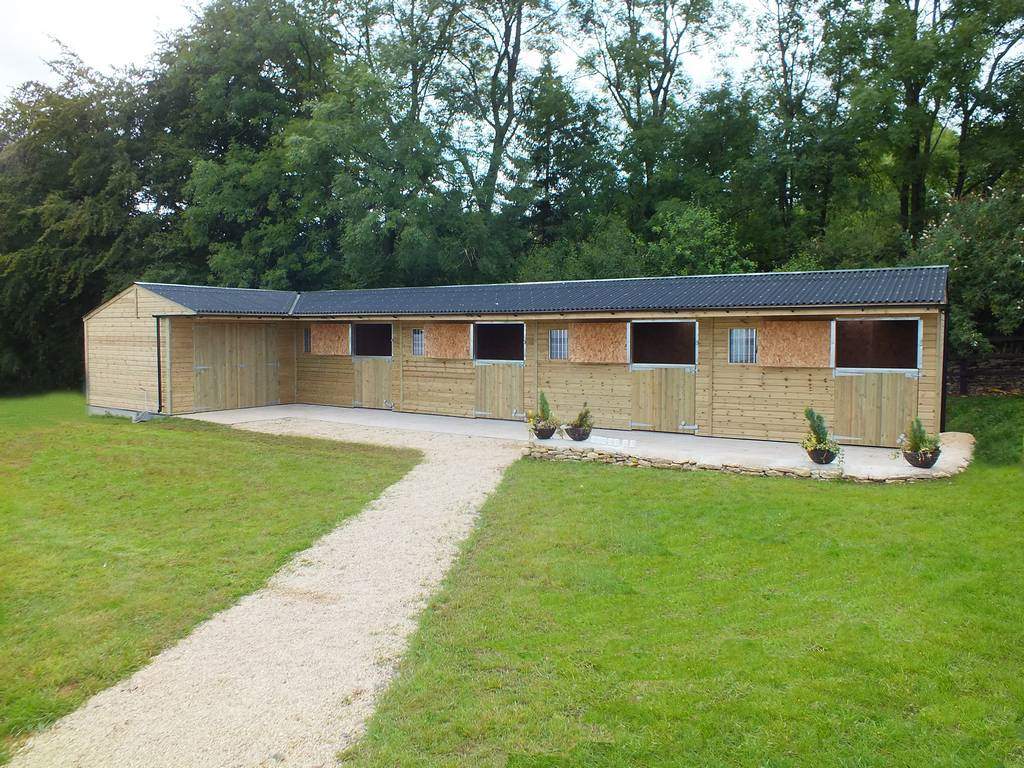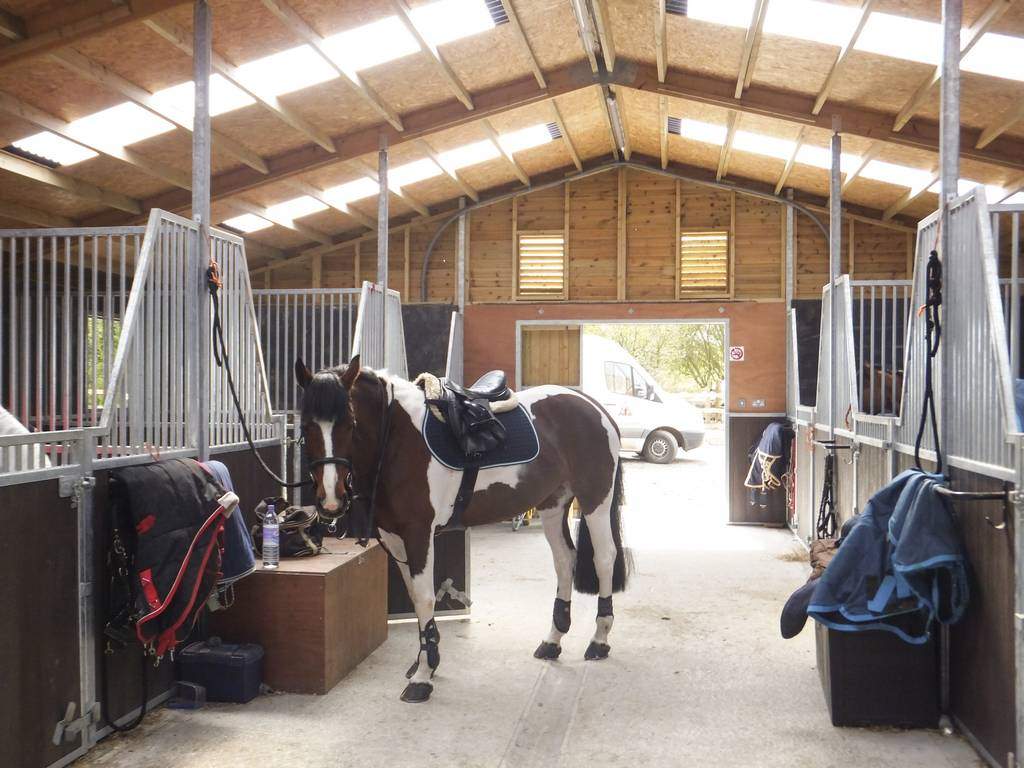Owning a workshop allows you to have a dedicated space to focus on your projects whether that be for woodworks, DIY projects, or any other home projects.
With the additional space, you can move around as you like, organise all of your tools, and keep the noise out that comes with a workshop out of the house.
Over the years, we’ve worked out what you should and shouldn’t do when it comes to designing and building a timber workshop. We’ve compiled this knowledge into the tips below, as well as things to consider and reasons why timber workshops are a great investment for handymen and DIYers.
Customisations
Timber workshops can be designed and built to your exact specifications. From sizing, colours, materials, designs, and extra features, you can add your personalised touch to your workshop inside and out. Here are some of the ways you can customise them:
Type of wood and materials: A great thing about timber buildings is that you can choose the type of wood and materials you want to use, keeping in mind your location, weather conditions, and budget. There are a few specific types of timber we prefer to work with and would be happy to recommend the best choice for you once we hear more about your requirements.
Size: There are plenty of shapes and sizes of wooden workshops to choose from but ultimately, its size depends on your preference and how much space you have available. We find that our Ideal and Elite ranges cover most clients’ needs; however, we work with bespoke designs should you have a unique requirement.
Insulation: You may have a few concerns about temperature regulation in a wooden shed or workshops. Well-insulated outbuildings not only regulate temperature all season but also further protect the interior from moisture and extreme weather conditions than say, a plastic prefabricated shed.
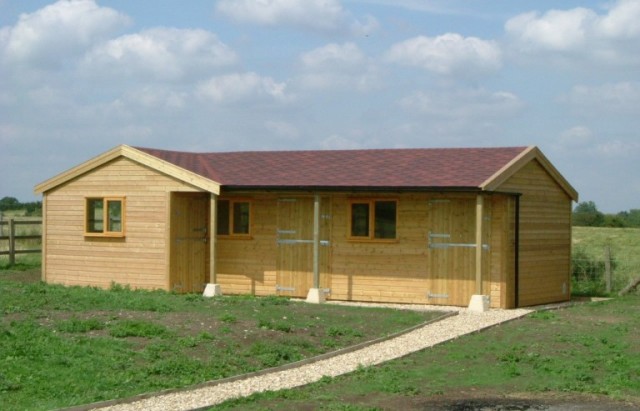
Style: Quality wooden buildings create a solid foundation for a practical, durable, and stylish workshop. You can style your interior just the way you want, paint it any colour, have as many windows as you like, choose how many power sockets you’ll need, and add as many other features as you want to have a comfortable yet good-looking workspace.
We also recommend having a proper security system or at least a lock on the door. We offer a security pack with our ranges that includes a five-lever mortice lock, security bolted hinges, internally enclosed trusses, and a fully framed ledged and braced door backed with galvanised steel (not required for Elite Range) and mounted in its frame.
Separate space to focus on your projects.
Whether it’s a home DIY project, garage workshop, woodwork, or anything else, a comfortable workspace can do wonders for your creativity and focus. Additionally, having this space means you will be able to organise and store away all your tools, supplies, and belongings in one space.
Easy to maintain and repair.
If regularly maintained each year, timber workshops can last for years. Thankfully, the cost of maintaining them is quite reasonable. Some regular maintenance work includes trimming grass around the building, lubricating locks and levers, and regularly using a wood preserver.
If looking to fix up with your current workshop, the cost will depend on certain factors such as, how old your building is, its current quality, if you require an upgrade, and what exactly is wrong with it. If it is a small issue such as door trim, small roof leaks, or damaged windows, this can be fixed easily. However, if you have a more significant issue such as floor cracks and severe mould infestations, you may want to replace it with a new one.
Now, that you are aware of some of the benefits of owning a timber workshop, let’s see what factors need to be considered when designing and building one.
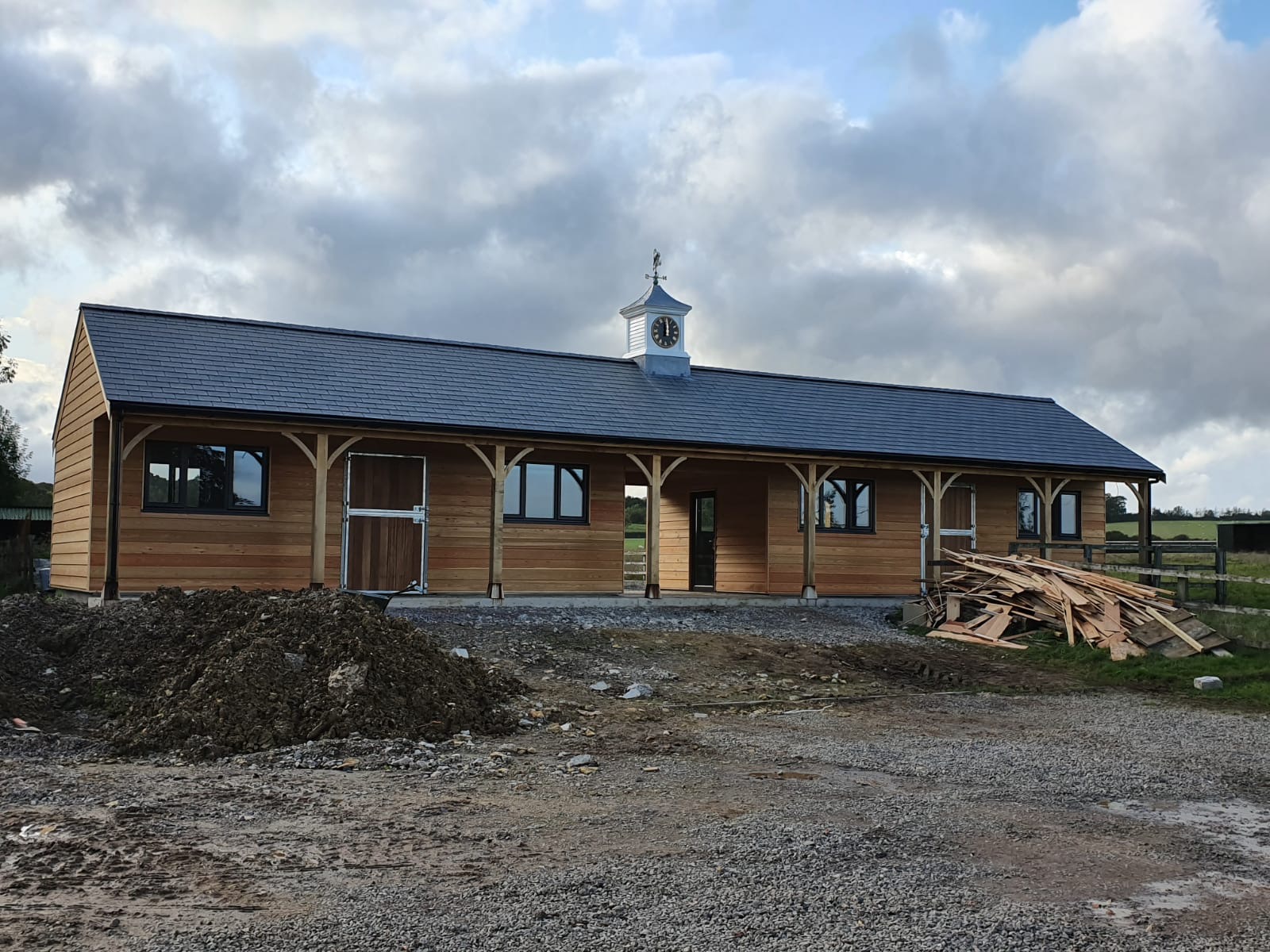
1. Size and Space
First and foremost, you need to consider how much space you have available and how big you want your workshop to be. No one wants a crowded, uncomfortable, and unpractical workspace; hence when designing your workshop, you need to ensure that you have a sufficient workspace for you to move around and get things done, and at the same time store all your equipment and supplies safely. Don’t forget to consider furniture, lighting, plumbing, ventilation, and other essential features.
2. Planning Permits
Like all outbuilding construction jobs in the UK, you will most likely require planning permission to build a workshop. An application needs to be made to a local planning authority; these are usually your local district councils or borough. Before you make an application, we advise you to research planning provisions and building regulations in your area.
If you require guidance acquiring planning permission, you can fill out our planning permission form on the top right-hand side of this page.
3. Choosing the right materials.
Your workshop needs to look good, however, it is equally important that it is built well with high quality and durable materials. The type of wood used, and the quality of the constructions determine its lifespan, so it is important that you select the right wood/ materials and hire builders who are experienced and experts in what they do.
It is also crucial that for your timber workshop to last longer, it will require regular maintenance such as painting, applying water repellent and preservative, cleaning, ventilation, and repairing any damages.
At Jon William Stables, we use only high-quality materials to build all our ranges including our workshops and sheds, additionally, we offer extra features such as plinth systems, slate and shingle roofs, and more. View our timber garage and workshop page here to find out more.
4. Storage for tools and supplies
When building your workshop, you also need to think about investing in a good storage unit. This will create a safer workspace for you and at the same time, you will be able to store and protect your tools and supplies from dust, rusts, and pests. Toolboxes, wall magnets, movable pegboards or workbench, and tool cabinets are some of the storage solutions you should consider.
5. Accessibility
Last but not the least, you also need to consider additional things such as delivery and accessibility. Some of the questions you need to ask yourself include- are builders able to access your property, will you be able to transport all the equipment to the site, and do you have enough space to get the construction going?
Along with everything we have listed above, other small features you need to consider are lighting, insulation, air management, good ventilation, and electricity and plumbing installation.
Considering building an ultimate workshop you have always dreamt of? View our ranges here or give us a call on 01380 850 965 to talk to one of our equestrian building experts today.
